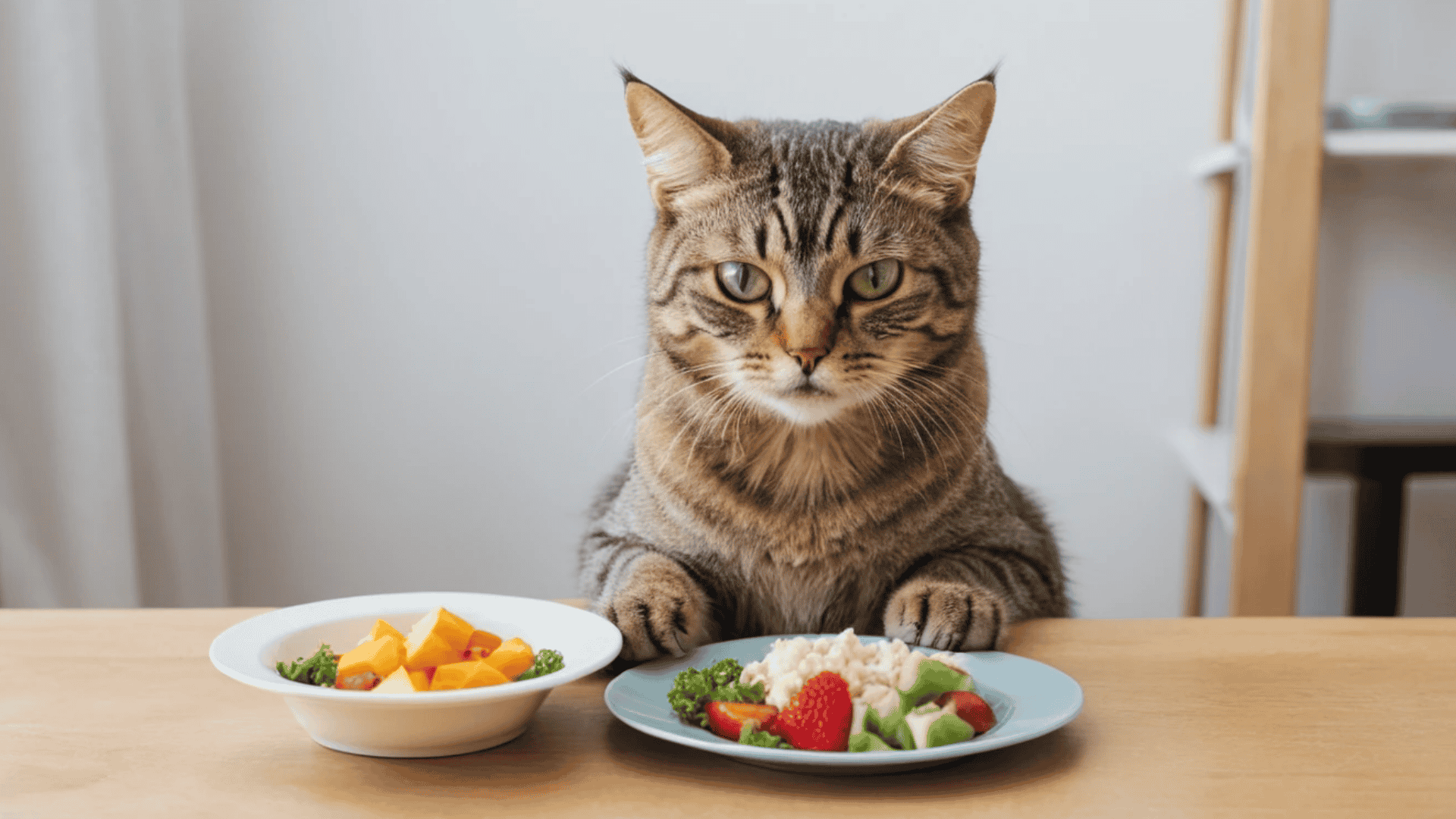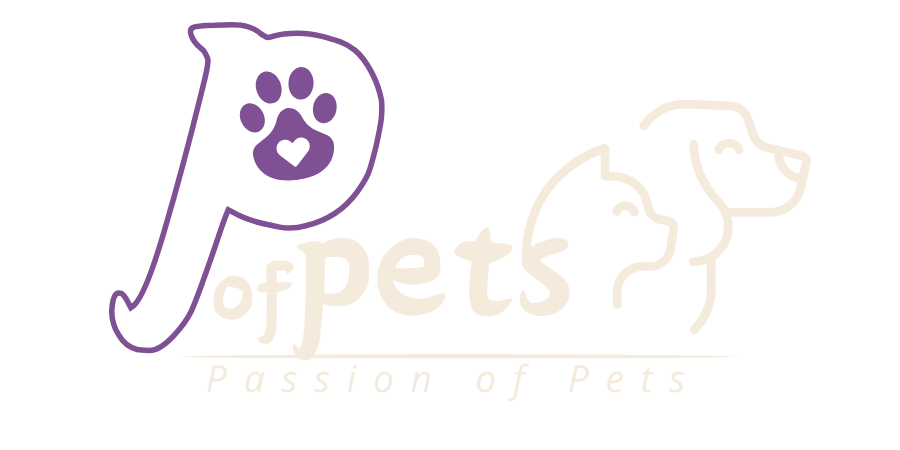Why a Balanced Diet for Adult Cats Is Important
Did you know that 60% of American cats are overweight or obese, usually due to a bad diet? A healthy adult cat food diet is not only keeping your cat healthy; it prevents diabetes, urinary tract disease, and heart disease. Cats are obligate carnivores, and their body is adapted to be able to take nutrients from meat. Cheating and being cheap on good food can lead to:
- Thinning hair and dull coats as a result of fatty acid deficiencies
- Loss of muscle as a result of protein deficiency
- Dental disease as a result of high-carbohydrate diets
Calculating a Cat’s Dietary Requirements
Proteins: Feline Wellness Building Blocks
Cats are obligate carnivores, meaning that their body needs animal-protein to survive. They lack the enzymes to synthesize essential amino acids like taurine and arginine from plant material, unlike humans or dogs. Here’s what you should know:
- 30–40% Protein: Aim for this percentage in your cat’s diet. While AAFCO requires a minimum of 26% protein in adult cats, studies show that higher percentages (closer to their natural food) are best for muscle, immune system, and energy.
- Quality Matters: Select foods that whole meats (e.g., “chicken,” “salmon,” or “turkey”) as the first ingredient. Avoid vague terms such as “meat by-products” or “animal meal,” which are likely made from low-grade organ material or fillers.
- Taurine: Not a luxury. Deficiency causes heart disease (dilated cardiomyopathy) and blindness. Chicken hearts or commercial cat food with added taurine are great sources.
Fats: Energy Fuel and Life Functions
Fats provide concentrated energy and help in the absorption of nutrients. They also provide essential fatty acids that the cat cannot synthesize on his own:
- 15–20% Fat: Look for foods with animal-based fats like chicken fat or salmon oil.
- Omega-3 and Omega-6 Balance:
- Omega-3 (from fish oil or krill) reduces inflammation, sustains brain health, and shines coats.
- Omega-6 (in poultry fat) nourishes skin but must be balanced with Omega-3 to avoid over-inflammation.
- Steer Clear of Rancid Fats: Check expiration dates and store food in closed containers—rotten fats cause digestive upset and nutrient loss.
Carbohydrates: Less Is More
Cats do not need carbohydrates biologically. Their short digestive tracts and lack of amylase (an enzyme to break down starches) make it harder for carbs to digest:
- <10% Carbs: Excess carbs lead to blood sugar to spike, creating obesity and diabetes. To compare, mice (the natural prey of a cat) contain 1-2% carbs.
- Grain-Free ≠ Carb-Free: Certain grain-free diets replace corn or wheat with potatoes or peas, which are still rich in carbs. Read the guaranteed analysis every time.
- Fiber Exception: Limited quantities of fermentable fiber (e.g., pumpkin, psyllium husk) aid digestion and hairball control.
Vitamins: Micronutrients With Macro Impact
Cats require specific vitamin quantities, where deficiency or excess can be dangerous:
- Taurine: As noted above, necessary for heart, vision, and reproduction.
- Vitamin A: Must be obtained from animal sources (liver, fish oil). Deficiency causes skin disorders; excess is toxic.
- Vitamin D: Regulates calcium absorption. Too little causes brittle bones; too much damages kidneys.
- Vitamin E: Antioxidant that protects fats from oxidation. Look for natural sources like sunflower oil.
Commercial cat diets with supplemental vitamins are best, since homemade diets often don’t have precise ratios.
How to Use Minerals: The Calcium-Phosphorus Balancing Act
Minerals support healthy bones, nerves, and enzymes:
- Phosphorus & Calcium: They must be in a 1:1 ratio. Too much phosphorus (more prevalent in low-quality meats) stresses kidneys, while calcium deficiency causes brittle bones. Eggshell powder or bone meal in homemade meals can reestablish balance.
- Magnesium: Essential but controversial. Too high in some fish foods causes urinary crystals. Use 0.02–0.04% in dry food.
- Trace Minerals: Zinc (skin), iron (oxygen transport), and selenium (immune) must be included in well-balanced formulas.
Practical Tips for Meeting Nutritional Needs
- Decode Labels: If a food is “high protein,” look at the guaranteed analysis—some companies use plant proteins (soy, corn gluten) to inflate figures, which cats can’t utilize well.
- Hydration Boost: Mix dry with wet food or broth to enhance moisture intake, which is advantageous for kidney and urinary health.
- Life Stage Adjustments: Adult cats require reduced phosphorus to support kidney care, whereas active working adults require more protein.
- Avoid “Fillers”: Wheat, corn, and soy are inexpensive protein substitutes but deliver minimal nutritional content to cats.
Selecting the Proper Commercial Cat Food
Wet vs. Dry Food: Pros and Cons
- Wet Food: Higher percentage of water content (70-80%) healthy for kidneys. Suitable for cats with predisposition to develop UTIs.
- Dry Food: Convenient but usually carb-laden. Use dental-formula kibble to reduce plaque.
Reading Cat Food Labels
- AAFCO Statement: Ensures “complete and balanced” diet.
- Guaranteed Analysis: Look for protein ≥26%, fat ≥9%, fiber ≤5%.
- Avoid: Artificial coloring, BHA/BHT preservatives, and undefined “meat meals.”
Homemade Cat Food: Dangers and Benefits
Home-prepared food lets you choose ingredients but may lead to imbalance in nutrition. For example, taurine deficiency causes blindness and heart failure. If home-preparing:
- Use recipes from a vet nutritionist.
- Sample Recipe: 85% cooked chicken, 10% liver, 5% pumpkin (fibre).
- Do not use raw meat without pasteurization—salmonella is a major risk.
Preparing a Healthy Feeding Routine
- Portion Control: Provide 20-25 calories per pound per day. A 10-pound cat requires ~200 calories.
- Frequency: 2-3 meals/day. Free-feeding promotes obesity.
- Hydration: Fresh water every day. Stimulate drinking using a cat fountain.
Top 5 Cat Owner Mistakes
- Overfeeding Treats: Treats must be <10% daily calories.
- Not Paying Attention to Water Intake: Dehydration causes kidney disease.
- Cat Eating Dog Food: No taurine and arachidonic acid.
- Excess Grain-Free: Only unnecessary when your cat suffers from an allergy.
- Skipping Vet Checkups: Quarterly blood checks detect diet weaknesses.
Conclusion: Building a Lifelong Healthy Diet
A balanced adult cat diet stimulates longevity, energy, and resistance to disease. Opt for high-protein, high-moisture diets, portion control, and regular vet visits. Ready to upgrade your cat’s dinner game? Share the news in the comments or tag us in your cat’s food photos!
Yuns Legdm is a passionate advocate for pet care and the founder of this website, dedicated to providing valuable information for fellow pet lovers and veterinary professionals worldwide. With a deep love for animals, Yuns created this platform to connect passionate pet owners with expert insights from veterinarians around the globe.
This website grows with you—the passionate pet owners and veterinary experts—creating a trusted space where knowledge, experience, and love for animals come together. Whether you’re seeking advice on pet health, nutrition, or general well-being, this platform is here to support you on your journey of responsible and loving pet care.





